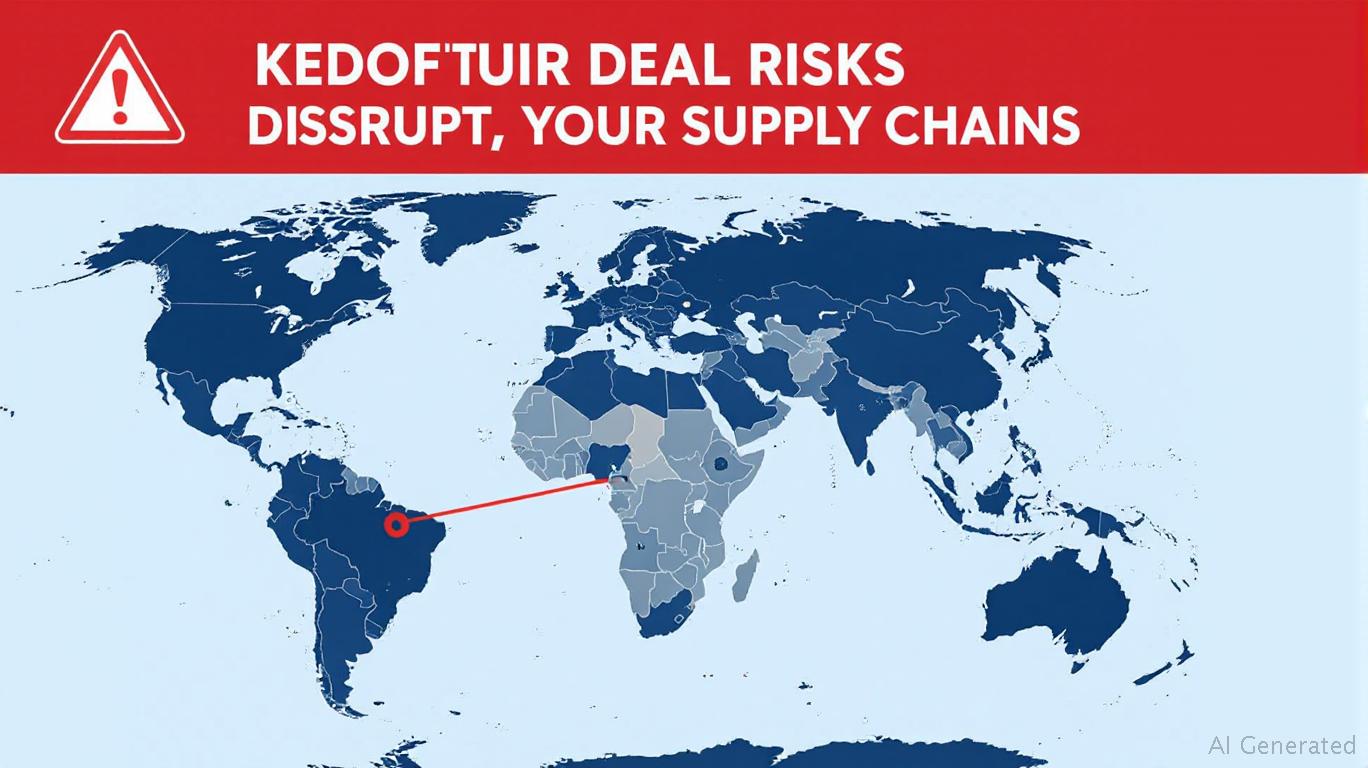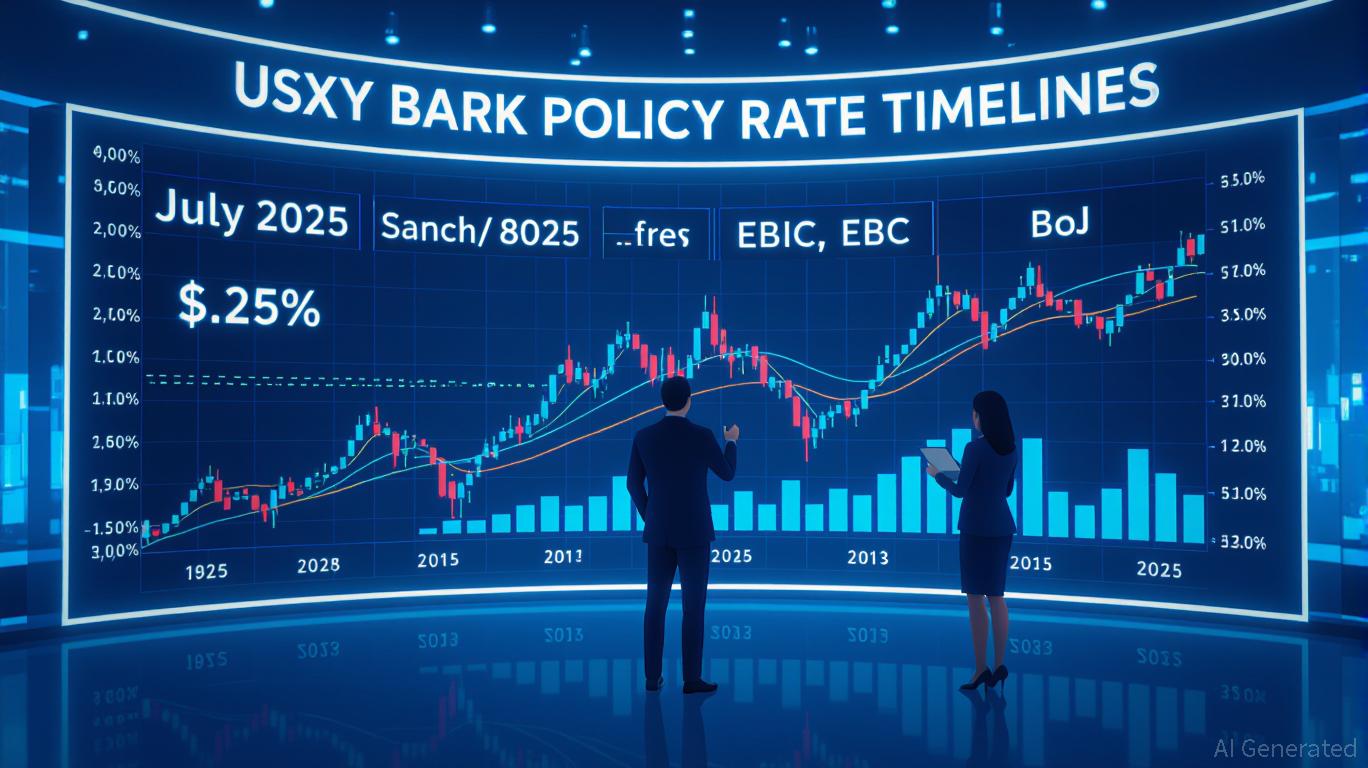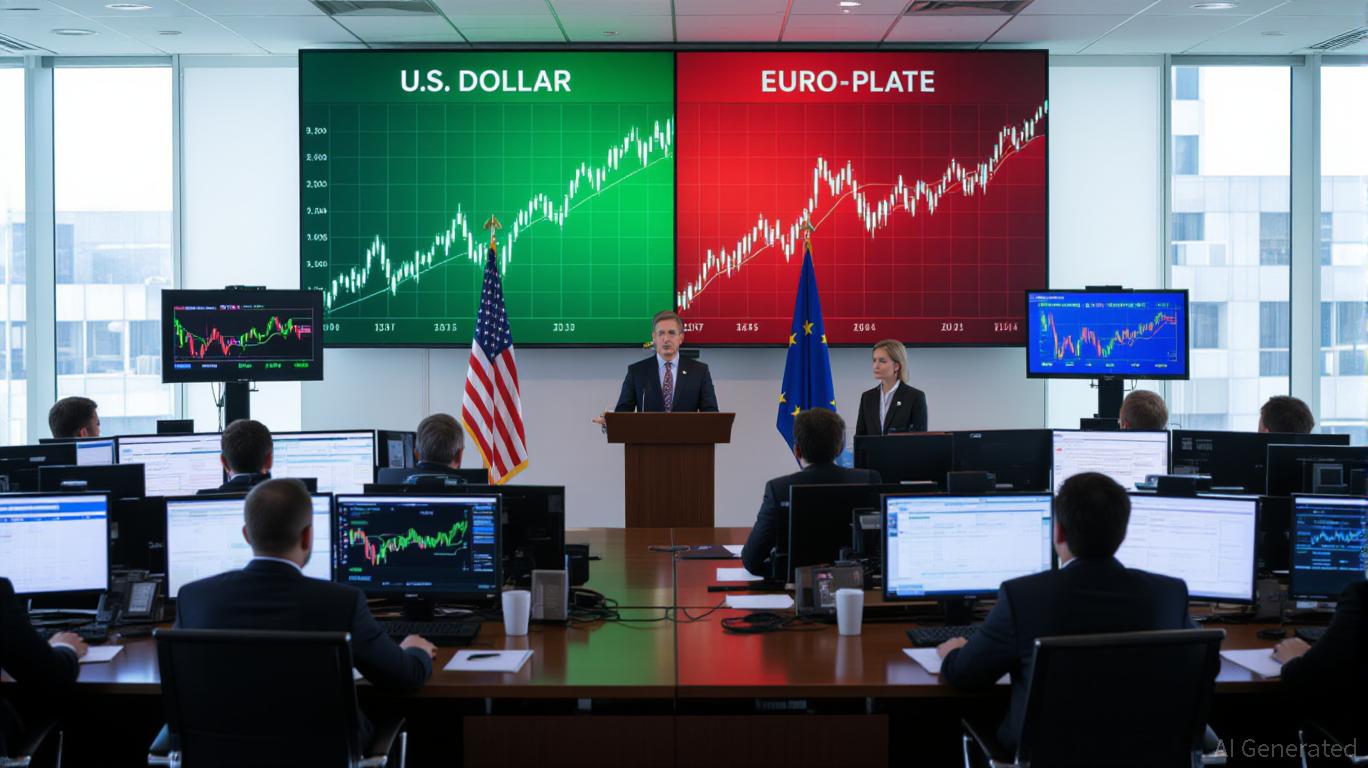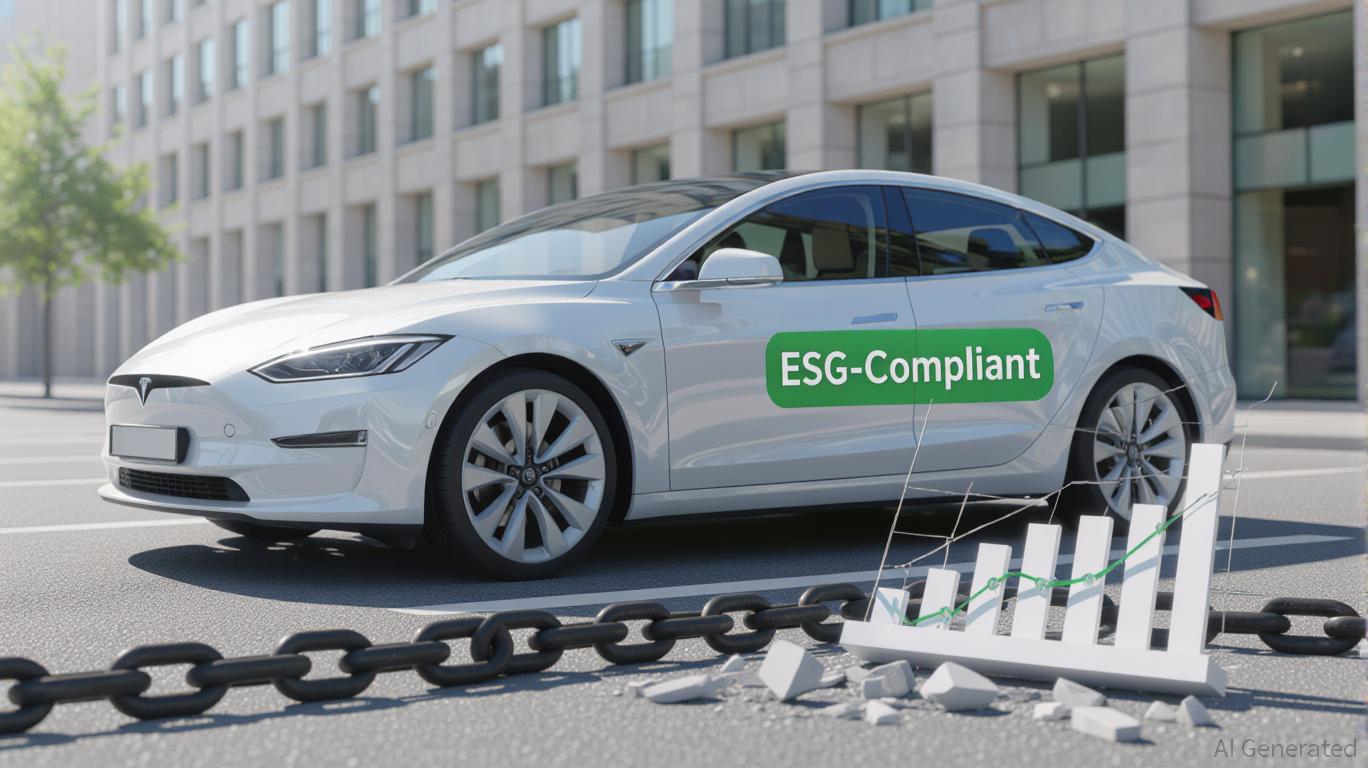AInvest Newsletter
Daily stocks & crypto headlines, free to your inbox
The escalating trade war, fueled by U.S. tariffs on semiconductors and global supply chains, has sent shockwaves through the tech sector. High-multiple tech stocks—once synonymous with innovation and growth—are now facing existential threats as geopolitical tensions disrupt profit margins and valuations. As S&P 500 futures retreat amid tariff-induced uncertainty, investors must confront a stark reality: the era of unchecked tech exuberance may be ending. Here's why rotating into defensive equities is now a prudent strategy—and how to execute it.

The Tech Sector's Vulnerability: Tariffs as a Profit Margin Killer
President Trump's tariff threats have targeted the heart of tech innovation: semiconductors. Companies like
NVIDIA's stock has underperformed the utilities sector by 24% year-to-date, with volatility spiking to 38%—double the tech sector's historical average. This divergence underscores the growing risk premium investors now demand for tech exposure.
Tariffs aren't just a tax on imports; they're a tax on global supply chains. The Semiconductor Industry Association warns that U.S. chipmakers could face a 15–20% cost increase by 2026, squeezing margins at firms reliant on Asian manufacturing. For high-multiple stocks trading at 30–50x earnings (e.g., cloud software, AI platforms), even a modest earnings miss could trigger catastrophic devaluations.
The S&P 500's recent 5.97% plunge—its worst single-day drop since 2020—exposed tech's systemic risks. The Nasdaq entered a bear market, with “Mag 7” stocks like
and plummeting as China retaliated with 34% tariffs on U.S. goods.Actionable ETF Recommendations
- Utilities: S&P 500 Utilities Sector ETF (XLU) offers 3.1% yield and a 12-year track record of outperforming during trade disputes.
- Consumer Staples: Vanguard Consumer Staples ETF (VDC) holds 60% in dividend aristocrats like Procter & Gamble.
- Dividend Growth: iShares Core Dividend Growth ETF (DGRO) combines tech leaders (e.g., Microsoft) with defensive names, smoothing volatility.
Investors must ask: Can tech's growth justify its valuation in a world of $50 tariffs on Brazilian semiconductors or 50% duties on Brazilian exports? The answer is no.
Jensen Huang's plea for U.S. semiconductor manufacturing hints at a future where supply chains are reshaped—slowly and expensively. In the interim, defensive equities offer a shield against uncertainty.
As historian Niall Ferguson notes, “Geopolitical risks are the ultimate volatility accelerants.” For now, the safest bets are in sectors that thrive on stability—not speculative growth.
Final Take: Rotate 20–30% of tech holdings into defensive ETFs like XLU and VDC. Pair with DGRO for dividend income. Avoid high-beta tech stocks until tariff policies stabilize—and even then, proceed with caution. The trade war isn't just about tariffs—it's about the end of tech's golden age.
Delivering real-time insights and analysis on emerging financial trends and market movements.

Sep.11 2025

Sep.11 2025

Sep.11 2025

Sep.11 2025

Sep.11 2025
By continuing, I agree to the
Market Data Terms of Service and Privacy Statement
Daily stocks & crypto headlines, free to your inbox
Comments
No comments yet